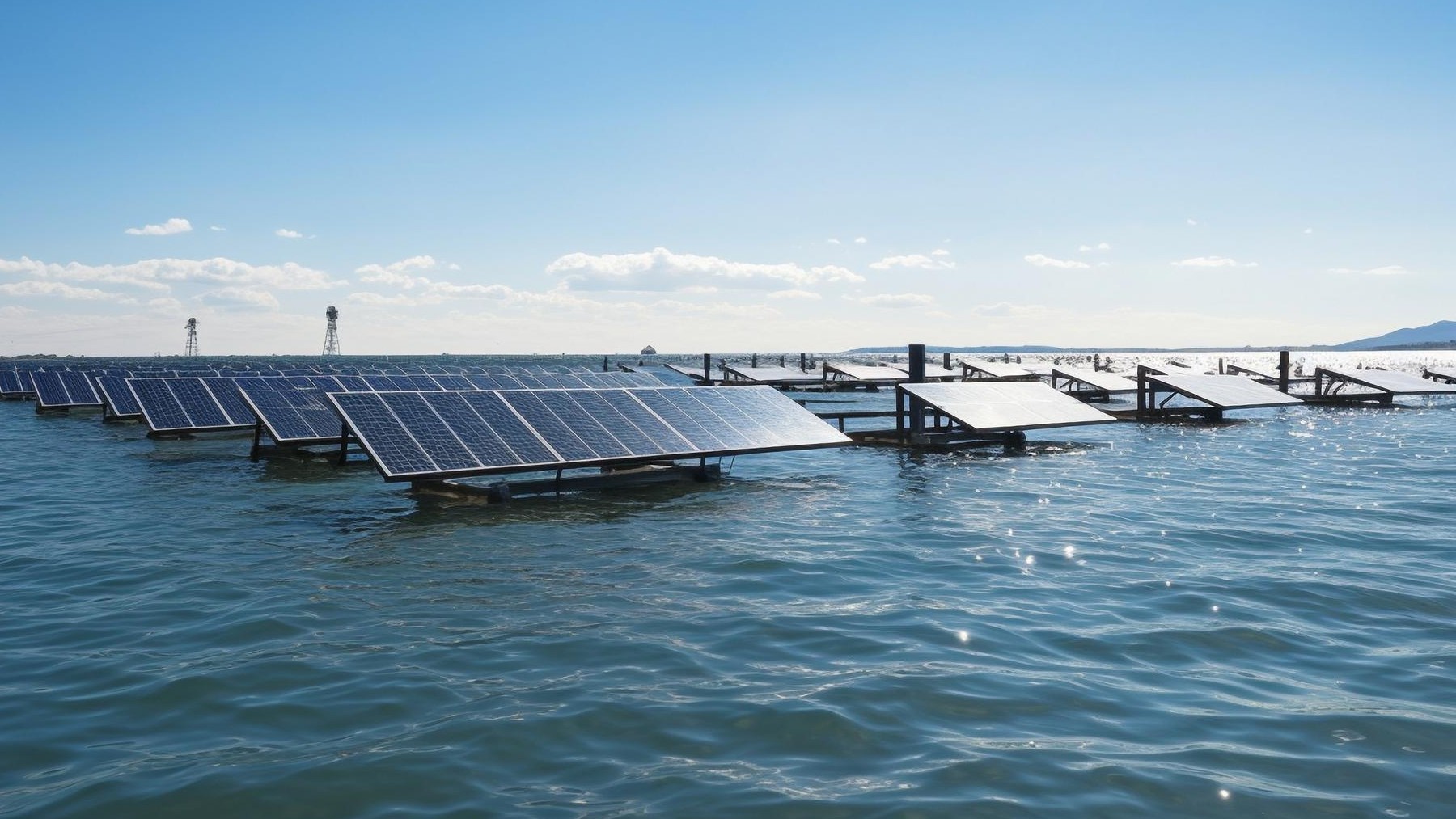The Canary Islands have the largest floating solar park from Europe. It is equipped with 800 photovoltaic panels of 1.7 square meters and is designed to withstand storms and waves of considerable height. It is located in the port of Tazacorte, on La Palma, one of the Canary Islands.
It is the result of a European project called Boost, in which employees from the United Kingdom, France, Norway and Spain participated. The implementation is carried out by the Norwegian company Ocean sun, in collaboration with the Canary Islands Ocean Platform and the Canary Islands Technological Institute (ITC). This is a project that has the potential to expand and unite ties in European countries. The project has an estimated construction cost of four million euros, largely financed by the European Union.
Joaquín Hernández Brito, director of the Canary Islands Ocean Platform (PLOCAN), has said that this is the largest floating solar energy system to be successfully deployed across Europe. The project will also supply energy to Acuipalma’s fish farms, according to the director, “with the intention of expanding to other port uses.
An energy system full of virtues
PLOCAN highlights several virtues, including the fact that the maritime installation does not emit noise, is economically efficient and does not have a significant visual impact. It is estimated that the solar park will generate around 440,000 kilowatt hours per year, which would be equivalent to the electricity demand of 90 to 100 families per year, even with the use of electric cars.
The project represents a fundamental change in the way energy sources are approached and could open up a market of 1,750 megawatts (equivalent to 1,750,000 kW) over the next five years once it reaches unprotected marine waters. This can have a significant impact on the production of electrical energy. That is to say: it is a project that can offer opportunities to think about greater electricity production for the European continent.
A palabras from Børge Bjørneklett, delegation from Ocean sun: “This floating and mooring technology is combined with a patented disruptive floating hydroelastic membrane attached to the outer edge of floating tubes so that the float is not swept away by the mooring, even in strong currents, wind and waves.” In other words, it has the strength to withstand the demanding conditions of the environment in which it finds itself.
Who is behind a project of this magnitude?
Many entities from countries such as Great Britain, France, Norway and Spain are participating in this project. We can mention the Technological Institute of the Canary Islands, the French consultancy firm Innosea and the company Fred Olsen renewable energy sources, which operates wind farms in Scotland, Norway and Sweden. This is a unique opportunity to update the way energy sources are approached and comes from a careful look at the ways in which the fish farming industry is practiced in Europe, as explained by PLOCAN.
In conclusion, the floating solar farm is an essential project for a future threatened by climate change and which requires radical responses to the way we access natural resources. It is a pioneer in its sector and can mark a milestone that accompanies other countries in the search for sustainable solutions that allow energy to be generated in an environmentally friendly way and that extends not only to institutions, but to the thousands of homes in Europe .
As far as I know it is written in capital letters (PLOCAN)

